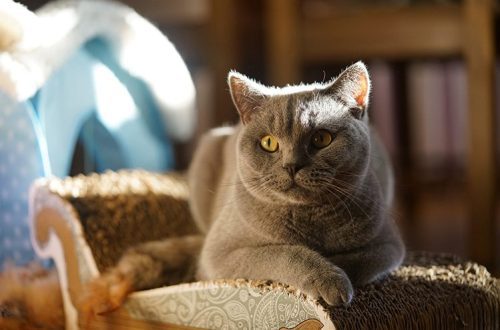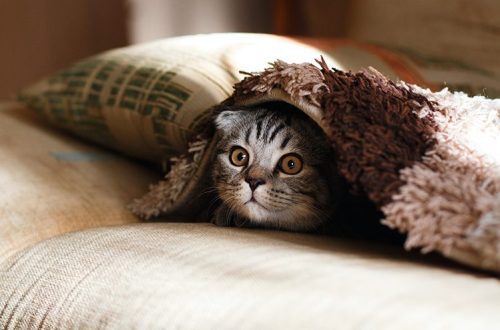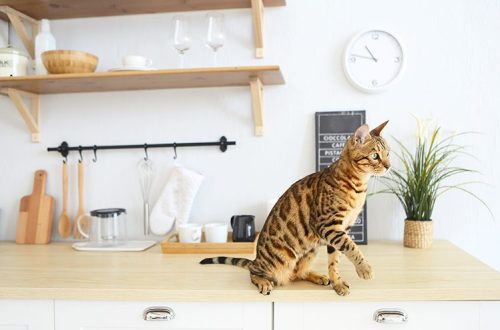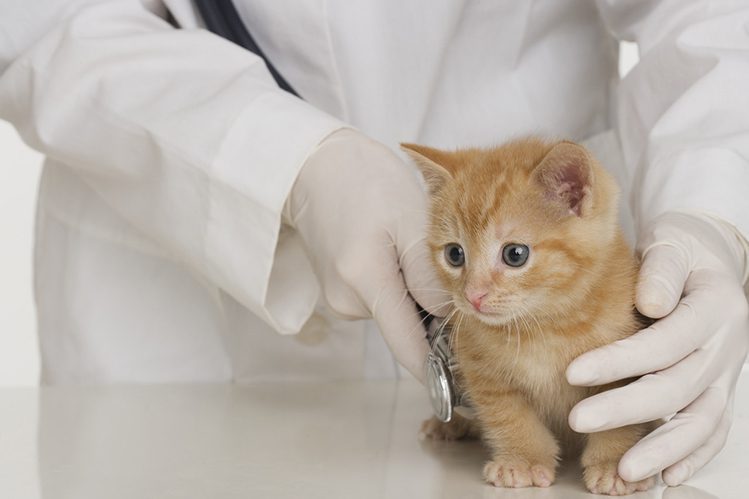
Panleukopenija kačiukams
Panleukopenia is also known as feline distemper. This is a very dangerous and, unfortunately, common disease that affects both adult cats and kittens. Without timely treatment, it inevitably leads to death. And if the symptoms in adult cats can develop rather slowly, then infected kittens under the age of one year can die in just a few days. So, what is panleukopenia, how to recognize it, and is it possible to protect pets from this dangerous disease?
Feline panleukopenia virus is a serologically homogeneous virus that is extremely stable in the external environment (from several months to several years). The virus affects the gastrointestinal tract, disrupts the cardiovascular and respiratory systems, leads to dehydration and poisoning of the body. The incubation period of the disease averages 4-5 days, but can vary from 2 to 10 days.
Panleukopenia is transmitted from an infected cat to a healthy one through direct contact, contact with blood, urine, feces, and also through the bites of infected insects. Most often, infection occurs by the fecal-oral route. The virus can be shed in feces and urine for up to 6 weeks after recovery.
If the animal has been ill with panleukopenia or was a carrier of the virus, it must be quarantined for 1 year, as well as the place of its keeping. Even if the cat died, in the room where she was kept, no other cats should be brought in for a year. Such measures are necessary, since the panleukopenia virus is very stable and cannot even be quartzized.
In addition, a pet can become infected through the fault of the owner, due to poor hygiene in the house. For example, if the owner has been in contact with an infected animal, he can bring the panleukopenia virus into the house on clothes, shoes or hands. In this case, if the pet has not been vaccinated, infection will occur.

Some kittens (mainly for homeless animals) are born already infected with panleukopenia. This happens if the virus hit their mother during pregnancy. Therefore, an analysis for panleukopenia (and other dangerous diseases) is the first thing to do when taking a kitten from the street.
A huge number of stray cats and kittens die every day from panleukopenia. However, this disease is not at all dangerous for other animals and humans.
When infected with panleukopenia, kittens experience:
– general weakness
– drebulys
– Refusal of food and water
– deterioration of the coat (wool fades and becomes sticky),
– temperature rise,
– foamy vomiting
– Diarrhea, possibly with blood.
Over time, without appropriate treatment, the symptoms of the disease become more and more aggressive. The animal is extremely thirsty, but cannot touch the water, vomiting becomes bloody, damage to the cardiovascular and respiratory systems increases.
In general, it is customary to separate three forms of the course of panleukopenia: fulminant, acute and subacute. Unfortunately, kittens are most often prone to a fulminant form of the disease, because their body is not yet strong and cannot withstand a dangerous virus. Therefore, their panleukopenia proceeds very quickly and without timely intervention, the kitten dies in just a few days. Especially quickly the virus affects nursing kittens.
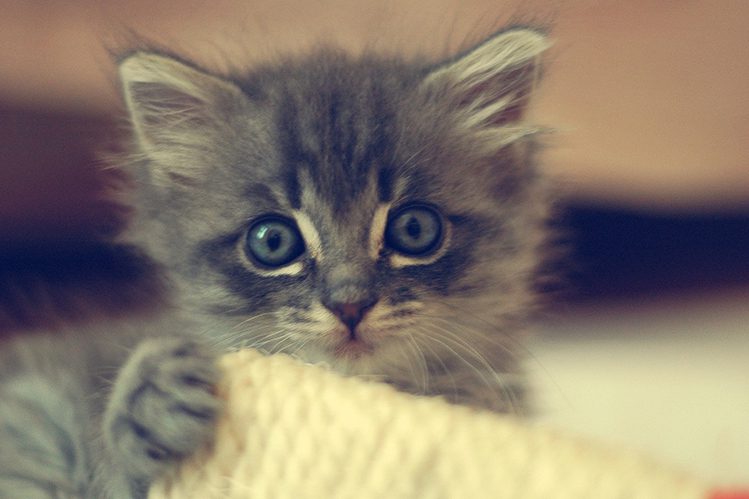
The panleukopenia virus is very resistant and difficult to treat. But if the disease is detected in a timely manner and measures are taken, then thanks to complex therapy, the disease can be eliminated without serious consequences for health.
Treatment for panleukopenia is prescribed exclusively by a veterinarian. As a rule, antiviral drugs, antibiotics, glucose, vitamins, painkillers, heart and other drugs are used. There is no single cure for the virus, and treatment may vary depending on the stage of the disease and the condition of the animal.
Never try to treat your pet on your own. Treatment for panleukopenia is prescribed exclusively by a veterinarian!
How to protect your pet from panleukopenia? The most reliable way is timely vaccination. Of course, you can disinfect your clothes regularly and limit your cat’s contact with other animals, but the risk of infection still remains. While vaccination will “teach” the cat’s body to fight the virus, and it will not pose a danger to her. Read more about this in our article “”.
Take care of your wards and do not forget that diseases are easier to prevent than to cure. Especially in our century, when such benefits of civilization as high-quality vaccines are available in almost every veterinary clinic.



